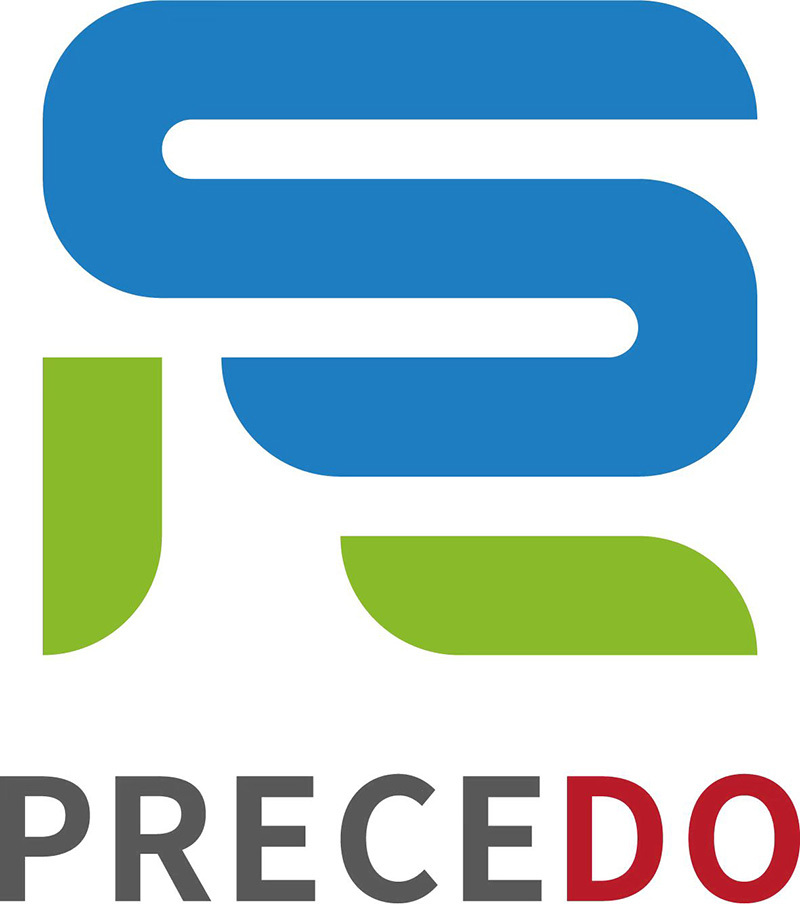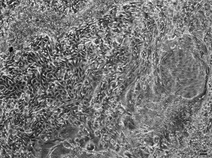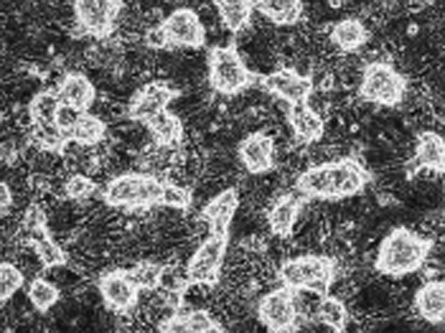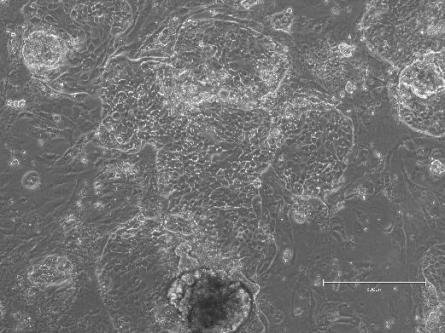Product Series

DNAzyme
Cervical cancer conditional reprogramming medium is a medium designed to promote the growth of primary cells of cervical squamous cell carcinoma in vitro. It is a sterile liquid mixing system containing essential and non-essential amino acids, vitamins, organic and inorganic compounds, hormones, growth factors, trace minerals, and more. The medium product is based on a bicarbonate buffer system and has a pH of 7.4 when balanced in a 5% CO2/95% air incubator. The formulation of this medium can provide a suitable balanced nutritional environment to selectively promote the growth of human cervical squamous cell carcinoma primary cells in vitro.
Category:
Product Introduction
Product description
Primary nasopharyngeal carcinoma conditional reprogramming medium is a medium designed to promote the growth of primary nasopharyngeal carcinoma cells in vitro. It is a sterile liquid mixing system containing essential and non-essential amino acids, vitamins, organic and inorganic compounds, hormones, growth factors, trace minerals, and more. The culture medium product is based on a bicarbonate buffer system with a PH of 7.4 when balanced in a 5%CO2/95% air incubator, and is formulated to provide an optimally balanced nutritional environment to selectively promote the growth of human nasopharyngeal carcinoma primary cells in vitro.
Instructions for use
It is effective for 1 month at 2~8 ° C and for 1 year at -20 ° C.
1. Nasopharyngeal carcinoma primary cell culture
(1) Suspensions of small samples of nasopharyngeal carcinoma cells isolated for the first time are generally implanted directly into 12-well plates without counting.
(2) During nasopharyngeal carcinoma surgery, the samples were counted and inoculated with a 70 micron screen in a suitable culture vessel, and NIH-3T3 cells irradiated by gamma rays were added and cultured in a 37℃, 5%CO2 incubator.
(3) Do not move the primary cells for 2-3 days after the initial inoculation (conducive to cell adhesion). During the culture process, if the medium color turns yellow but the cells are not overgrown, half the solution can be changed. When the cells are not overgrown but the 3T3 cells are insufficient, the 3T3 cells irradiated by gamma rays are added appropriately (generally half of the initial number is added).
2. Nasopharyngeal carcinoma primary cell passage
(1) When the cells were observed to form clones under the microscope, and the confluence reached 80-90%, they could be passed.
(2) The cells were removed from the incubator, the old culture medium was discarded, 0.25% pancreatic enzyme was washed for 30 seconds and sucked up, and an appropriate amount of 0.05% pancreatic enzyme was added, incubated at 37℃ for 5 minutes, and the cell digestion was observed under a microscope.
(3) When the cells became round and began to fall off, the digestion was terminated with a termination medium, and the cells were transferred to a centrifuge tube and centrifuged at 1500rpm for 3min.
(4) The supernatant was abandoned, the cells were re-suspended with the corresponding primary cell medium of 1-2mL, the live cells were counted, the cell suspension was inoculated into the culture bottle/plate according to the appropriate cell density, and the NIH-3T3 cells irradiated by gamma rays were added.
(5) The primary cell medium was supplemented to the required volume, gently shaken and mixed, and then cultured in an incubator at 37℃ under 5%CO2 after surface disinfection.
Keywords:
DNAzyme
Related Products
Product Message
Welcome to leave your message of interest, we will contact you soon
*Attention: Please ensure accurate information filling and maintain smooth communication. We will contact you as soon as possible




